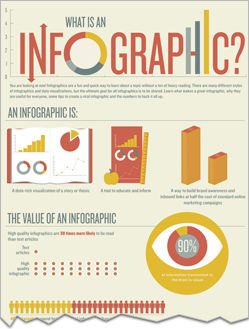

Infographics are beneficial to businesses. Silhouettes of the ancient Egyptian hieroglyphs. These are just a few of the oldest examples, but information graphics can be found in many forms throughout history since. Egyptians used these photos to tell stories of religion, work, and life. Since they represent data visually, they are certainly considered infographics.Įgyptian hieroglyphics from around 3,000 BC are also good examples of ancient infographics. These pictures depicted animals and other resources found in the local area. The first infographics were found in the form of cave paintings around 30,000 BC. Perhaps the most surprising detail is that while you would think they are a new concept created during the age of technology, infographics actually date back about 32,000 years.


Now that we’ve talked a little about what infographics are, it’s important to take a brief look at the history of infographics. Here are some examples of types of infographics:Īlternatively, you can create your own custom infographics from scratch. Whereas, it may be easier for adults or an older audience to understand a more complicated infographic template. So, if you are creating infographics to teach children a concept, you will want to choose one of the easier layouts. The infographic template you choose will depend on what kind of information you’re sharing, as well as who your audience is. One of the best things about using static infographics to get your point across is that they are versatile, and there are many types. If you ensure your information visualization contains each of these elements, then you’ve created something that is effective and worth sharing. Finally, the most important part is the element of knowledge. Some good information to include for this is statistics, references, and time frames. a pie chart, bar charts, line charts, etcetera), data points and graphic elements. These can include reference icons, color, charts (e.g. First, you want to make sure plenty of visual elements are included. When it comes to creating a good infographic outline, there should be specific elements included. Via What elements are used in the infographic? (Infographic elements) Here are some great tips to create a viral infographic and the numbers to back it all up. The ultimate goal for all infographics is visual content to be shared. There are many different styles of infographics and data visualizations. What does an infographic template look like? Well, You are looking at an infographic example right now! Infographics are a fun and quick way to learn about a topic without a ton of heavy reading. What is an Infographic? Explained in an Infographic This is because regardless how much information you are displaying, it can be laid out into pictures, graphs or other visual elements and minimal text. Infographics not only tell a story, but they also help organize information and make it easier for the viewer to process. Using them as visual communication tool is helpful, as they make complex idea(s) easier to remember by enhancing the human eye’s ability to distinguish trends and patterns. They are used to represent information that’s complex in a clear and quick manner. The word infographic is a compound word that literally breaks down to “information” and “graphic”. Knowledge - highlight important information to lead people to easily provoke deductions.It’s only right to begin the guide by explaining what infographics really are.īy definition, an infographic is a visual representation of data, knowledge, or information.Consider your audience and use appropriate colors, icons, knowledge and complexity.Reference graphics such as icons are not mandatory, but, can replace text when well-used.Theme graphics such as a defining visual are required and will anchor your message.Color Scheme - devise a color scheme to enhance your message.Skeleton & Flowcharts - map itout on paper first!.5 Essential Steps to a Good Infographic: Two-Level Deep Infographic: an advanced design that employs both theme graphics and reference graphics, data, references, and statistics, as well as icons, image holders, shape groupings, etc. One-Level Deep Infographic: a simple design that barely skims the three core components Content: time frames, statistics, references.Visual: color coding, graphics, reference icons.


 0 kommentar(er)
0 kommentar(er)
